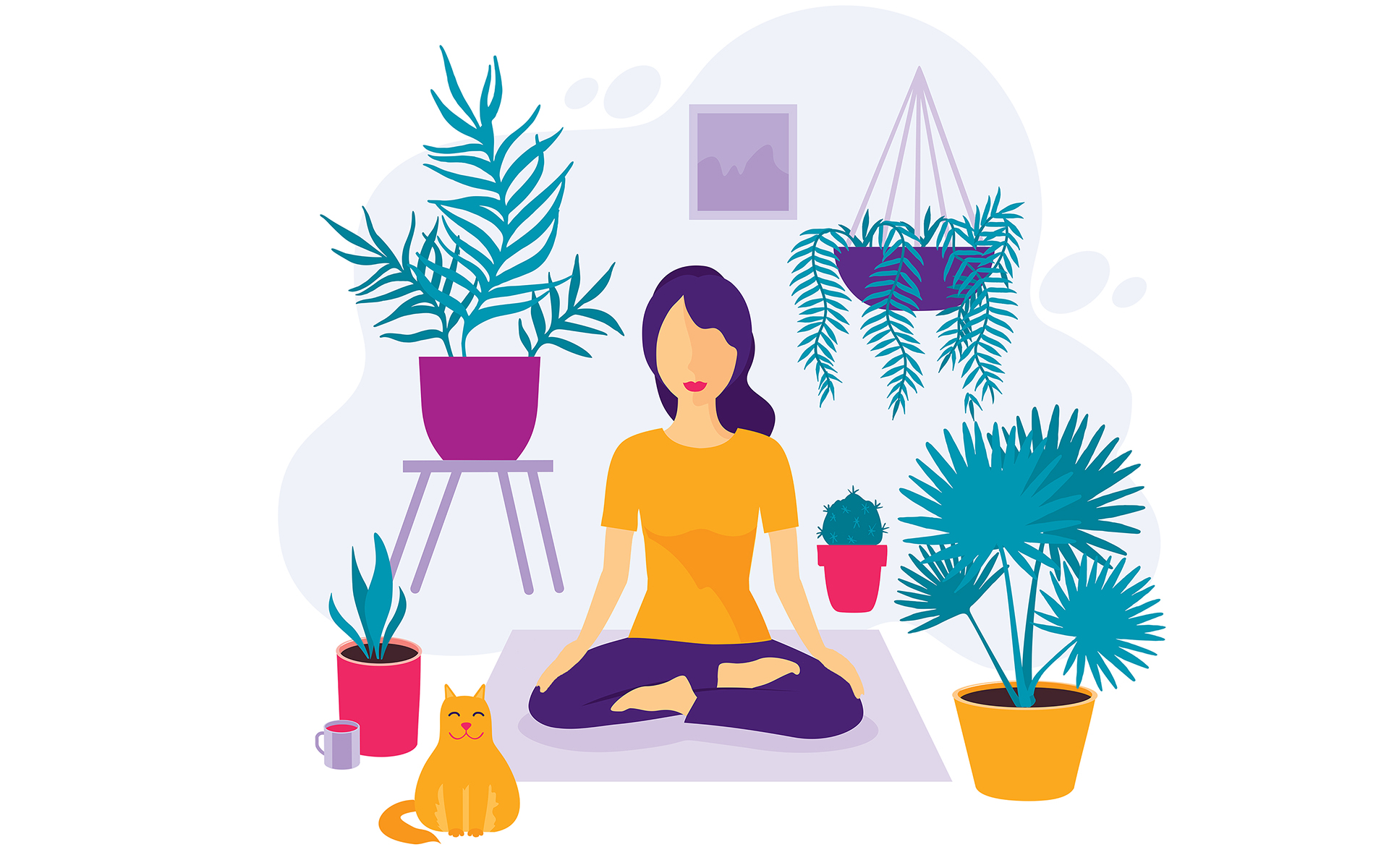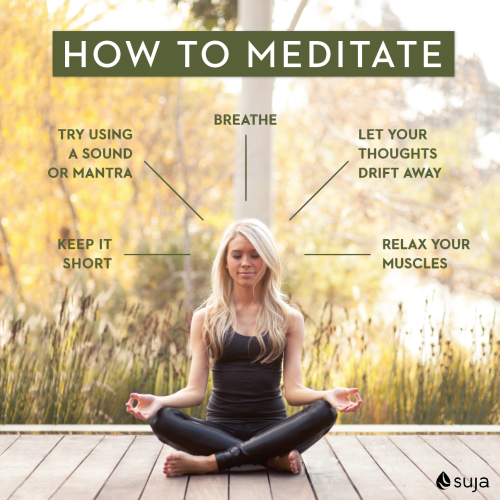Open Inner Tranquility: A Comprehensive Guide on How to Meditate?
Open Inner Tranquility: A Comprehensive Guide on How to Meditate?
Blog Article
How to Meditate: A Step-by-Step Approach to Getting Mindfulness and Tranquility
Meditation offers as an effective tool for attaining mindfulness and emotional tranquility in a fast-paced world. By comprehending the essential principles and strategies entailed in meditation, people can grow a technique that improves their overall health.
Recognizing Meditation
Recognizing meditation entails understanding its fundamental concepts and strategies, which offer as the structure for the method. At its core, meditation is a mental workout focused on advertising leisure, building internal power, and developing compassion and insight. The method motivates people to concentrate their focus, often with methods such as deep breathing, visualization, or rule repetition.
Meditation can be classified into different styles, including mindfulness, transcendental, and loving-kindness meditation, each with unique functions and techniques. Mindfulness reflection highlights present-moment understanding and non-judgmental observation of feelings and ideas, while copyright entails the use of details rules to transcend ordinary idea procedures. Loving-kindness meditation concentrates on developing a mindset of love and empathy towards oneself and others.
No matter the method used, the key objective stays regular: to cultivate a much deeper understanding of the mind and its patterns. This self-awareness cultivates emotional durability, clearness of thought, and a profound sense of calmness (How to meditate?). By comprehending these concepts and strategies, individuals lay the groundwork for a successful reflection practice that can dramatically improve their general well-being
Preparing for Your Method
Prior to starting your reflection technique, it is necessary to produce a setting for concentrate and leisure. Select a silent space where you are unlikely to be disturbed. This can be a corner of an area, a garden, or any location that stimulates a feeling of peace. Make certain that the area is clean and free of mess, as a tidy environment can help remove the mind.
Consider the lighting, as all-natural light can boost your mood and energy. Soft, warm illumination is frequently more calming than severe fluorescent lights. In addition, select a comfortable temperature level, ensuring that you are neither as well warm nor also chilly.
Integrating components that advertise serenity can additionally boost your experience. This may consist of soft paddings or coverings for comfort, in addition to calming scents from vital oils or incense. It can likewise be helpful to have a timer set for your meditation session to stop interruptions from clock-watching.
Basic Meditation Strategies

One more reliable strategy is body check meditation. This includes psychologically checking your body from head to toe, noticing any kind of areas of tension or pain and knowingly loosening up those muscular tissues. This technique promotes a much deeper link between your body and mind.

Lastly, loving-kindness meditation focuses on growing concern towards on your own and others. Quietly repeat phrases of goodwill, improving psychological wellness and interconnectedness. Each of these methods acts as a structure for your reflection trip, permitting you to find the technique that reverberates best with your personal practice.
Maintaining Focus and Mindfulness

Developing a specialized reflection area can improve the ability to keep mindfulness. A silent, uncluttered setting decreases diversions, enabling deeper immersion in the method. In addition, setting a time restriction can assist handle expectations; beginning with much shorter sessions might alleviate the change right into longer techniques.
Making use of strategies such as body scanning or observing experiences can also bolster mindfulness. These approaches motivate experts to remain existing and involved with their physicality, anchoring their interest in the moment. Routine practice is important; the mind constructs resilience gradually, creating a more powerful ability for emphasis.
Incorporating Reflection Into Daily Life
Including meditation into day-to-day live can transform regular tasks right into possibilities for mindfulness and self-reflection. By integrating mindfulness practices into usual tasks, people can cultivate a greater feeling of visibility and serenity amidst the busyness of everyday life.
Begin by identifying minutes throughout your day where you can pause and exercise mindfulness. For example, during your early morning commute, concentrate on your breath or the sensations of the environment around you. In the kitchen, approach food preparation as an introspective technique, relishing the textures, colors, and aromas of the components. Also mundane tasks like strolling or cleaning dishes can become possibilities for reflection by directing your attention to the feelings of motion and the audios surrounding you.
In addition, setting aside committed times for reflection can reinforce its practice. Beginning with brief sessions, progressively boosting duration as you come to be extra comfy. Use reminders or cues-- like a particular time of day or a calming audio-- to develop consistency.
Eventually, the objective is to weave mindfulness into these details the material of life, enabling you to come close to each minute with objective, therefore improving your total sense of health and quality.
Verdict
In verdict, efficient meditation needs a peaceful environment, a comfortable placement, and an emphasis on the breath. Routine meditation, also in quick sessions, promotes a deeper link to the existing moment, ultimately leading to greater calmness and mental clarity in everyday life.
Reflection can be categorized right into numerous styles, consisting of mindfulness, transcendental, and loving-kindness reflection, each with unique functions and methods. Mindfulness reflection highlights present-moment recognition and non-judgmental monitoring of ideas and feelings, while transcendental reflection entails the use of details rules to go beyond ordinary idea processes.With your meditation space prepared, it's time to discover numerous standard meditation methods that can assist grow mindfulness and internal tranquility.Continually maintaining emphasis and mindfulness during meditation can be tough, specifically for those brand-new to the technique.Developing a devoted meditation room can boost the capability to maintain mindfulness.
Report this page